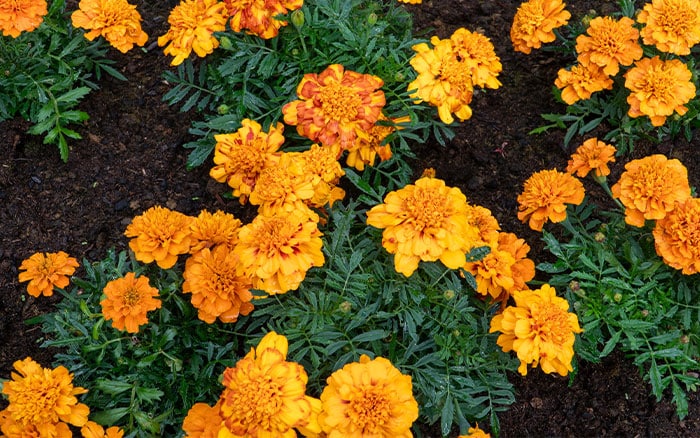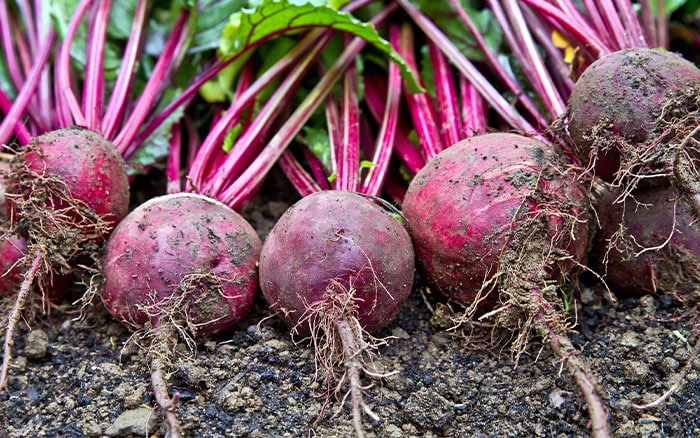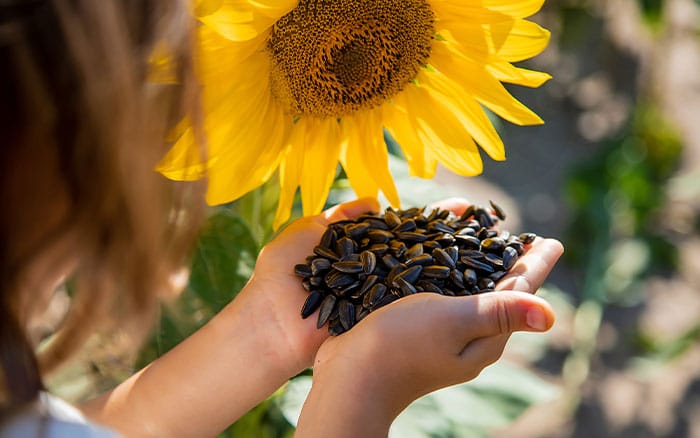Early spring gardening jobs for indoors
Spring is a busy time of year both for the natural world and also for Community gardeners!
There will be lots of things to do outside in the spring but the weather can often be extreme. Rain and cold can make it impractical to work the soil. If that’s the case plan indoor jobs that can be done in the community shed.

Tasks indoors
Plan your growing schedule for flowers, fruit and vegetables and order seeds now before they run out!
Wash pots, seed trays and other growing modules in hot water to ensure they are free of disease and any overwintering pest eggs.
Many seeds can be sown in pots and trays indoors whilst waiting for the weather to improve outside. Here are some examples:

Flowering Plants:
- French Marigold
- Nasturtium
- Zinnia

Vegetables:
- Beetroot
- French Bean
- Courgette
- Cucumber
- Onions
- Pumpkin
- Squash
- Salad Leaves
- Sweetcorn
- Tomatoes

Herbs:
- Coriander
- Chives
- Basil
How to make indoor gardening easier for young community gardeners
Young children can lose interest in gardening if plants don’t grow well or at all. So choose seeds that usually grow easily such as sunflowers, marigolds, nasturtium and sweet peas.
Vegetables such as radishes, carrots, lettuce, beetroot, potatoes and courgettes are great choices for a young person’s vegetable patch.
Remember to change the area where your crops are grown each year so that each vegetable is grown in as this helps avoid a build-up of pests and diseases.
Another job indoors is to keep a record of what you planted and where each year. Involve young children by turning the chart into a colourful scrapbook format. Use cut-up seed packets which the children can stick into the book.

How to use old seeds
Seeds from the previous year should be stored in a dry, frost-free, cool environment out of direct light. If storing in a shed, put the seeds in an old tin so that any visiting rodents can’t access them for their winter food!
If you have seeds stored from the previous year how can you tell if they will still grow when sown?
- Make a blanket of two or three paper towels, and spray with water to moisten it. Sprinkle 10 seeds or so on the towels, cover with more paper towels and spray again.
- Place the paper towels in a perforated plastic bag as this allows air to circulate.
- Put the bag in a dark place indoors for seven days checking regularly to make sure the towels haven’t dried out. Spray with water if the paper towels start to look dry.
- After a week viable vegetable seeds will generally have started to germinate. If most of the seeds placed in the paper towels germinate that gives a good indication that the rest of the seeds in the packet will also be viable.

By doing these jobs in early spring whilst the weather is still unreliable, you can be better prepared for later on.

